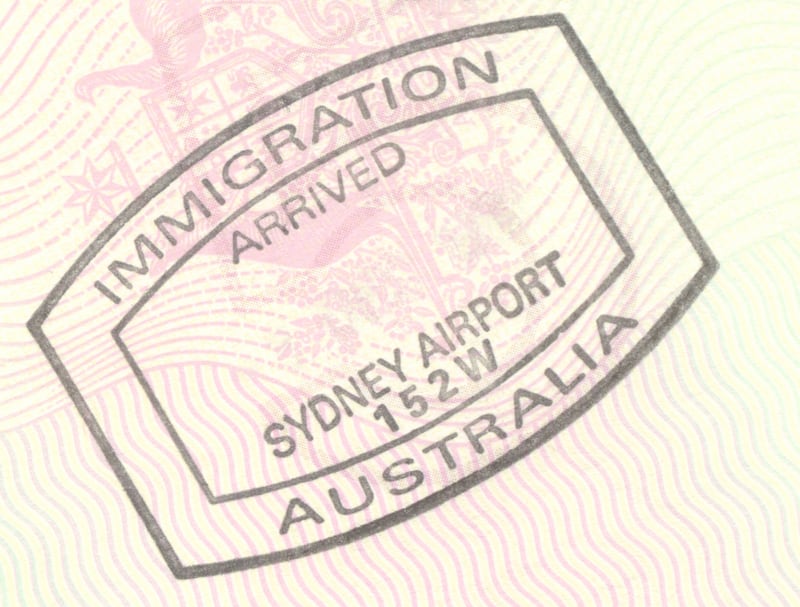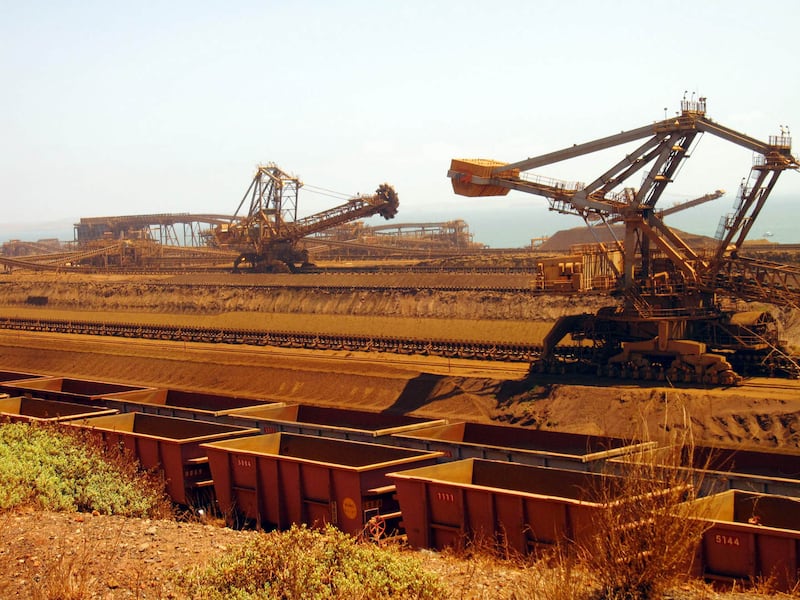At this time of year, there are few better barometers of the state of the nation than arrivals at Dublin Airport as tens of thousands of emigrants flock home.
For the first time in many years the deluge from Australia will have dried up to a trickle.
Since 2015, more Irish people have returned from Australia than headed out to the “Lucky Country”.
In 2012 more than 17,000 young Irish people headed down; this figure has shrunk to just over 4,000, and more than 7,000 have come home.
For thousands of us, Australia provided refuge from the recession. People learned skills, earned a living and got on the career ladder – all because of Australia’s reasonably open immigration policy.
When the rest of the world has been throwing up barriers, the Aussies have kept their door open. Indeed, part of the story of the Australian miracle – the longest economic expansion in recent world history – is down to immigration.

The role of immigration in economic growth is worth considering not only because our closest neighbour has become so anti-immigration, but because immigrants have enriched Ireland enormously too.
But before we talk about immigration, let’s examine the Australian economic miracle, underscoring why it is still called the “the Lucky Country”. After all, this is the country that has avoided every major crash and shock in the past few decades.
Dodging bullets
Despite being in Asia, Australia avoided the chaos of the Asian Crisis in 1997. It side-stepped the dot.com bubble. A few years later it shrugged off the big one, the 2008 global financial crisis. Australia has been growing constantly since the 1990s.
The trick appears to be down to three factors: a bit of policy common sense, a bit of luck and immigration.
In the 1980s, Irish Australian finance minister Paul Keating – the "lizard of Oz", as the UK tabloids referred to him – decided to take on the unions and the restrictive practices of his own party, the Labour Party.
Until then, the Australian economy had been dependent on the price of commodities and the price of agriculture.
Shocks in both, led to a fall in living standards in the late 1970s and early 1980s. Keating vowed to make Australia a competitive place again, open to capital and people. He gave up government control of the exchange rate and interest rate, plugging Australia into the global economy.
Since then pragmatism has dominated Australian policy making.
You need to prove that Australia needs you. Therefore, immigration acts like a giant national HR department
For example, in 1997, Australia’s central bank held its nerve when responding to the Asian financial crisis. The dollar was allowed to dive but local interest rates were kept on hold. Contrast this with New Zealand where the central bank engineered an entirely unnecessary recession because it followed policy dogma vis a vis inflation which was all the rage at the time.
Since then the exchange rate has absorbed most of the shocks from outside. The exchange rate against the USD has fluctuated between around 60 cents to $1.10 over the past few years, allowing Australian exporters to compete when there is a problem which emanates from outside.
Internally, the state has fuelled the economy on occasion. The Howard government rode on the coat-tails of the mining boom – reflecting the fact that Chinese demand for commodities has driven everything in western Australia since 2000. Howard doled out money to all and sundry rather than investing in a sovereign wealth fund.
That said, overall, policy in Australia has been pretty conservative.
Chinese impact
However, it’s pointless to talk about Australian with considering China and its huge impact on Australia, economically, socially and demographically.
China needs commodities. Australia has everything that China needs a few metres under its arid soil. I’ve seen this first hand making a documentary there a number of years ago for ABC, the Australian TV station.
In that documentary we started at the desolate harbour of Port Hedland in the Pilbara mining region of western Australia where enormous diggers gouge out the iron ore. That ore heads directly to the massive Chinese port of Ningbo where it is smelted into steel for China’s booming export industry.
From here the story is pretty familiar. That Chinese money, which bought the ore in the first place, swells the coffers of Australian banks in depopulated western Australia.

Then, on the more heavily populated Australian east coast, banks lend this recycled Chinese money to Australians to buy houses.
As long as the Chinese buy up the ore, credit is available to Aussies. The more credit that is flowing, the more the good times roll.
Australians are now the most indebted people in the developed world. We have seen how this ends in Ireland; will Australia follow suit?
Perhaps a key difference that will determine the trajectory of the Australian housing market is the final ingredient in the Aussie mix: immigration.
Australia operates immigration policy based on a preference for skilled immigration over family reunion.
You need to prove that Australia needs you. Therefore, immigration acts like a giant national HR department. If you have certain essential skills, you can come and work.
In the years ahead, the major dilemma for Australia is its banking/property sector, which is weakening but doesn't feel like it is toppling
Twenty years ago, only 30 per cent of immigrants were skilled. Today 70 per cent of of immigrants are skilled.
A second group of immigrants were the Irish-style immigrants recruited through temporary visas, such as students and workers on short-term contracts. There are close to one million people in Australia now on temporary visas.
Since 2000, Australian has doubled the number of immigrants it receives each year. It also looks much more Asian than it ever did. For years, Australia was an antipodean Europe, made up of Irish, British, Germans and a huge population of Greeks, Croats, Serbs and Portuguese.
Today it is much more ethnically diverse, reflecting both its geographical position and its new open-door policy. This means that Australia has opened itself up to criticism for its restrictive treatment of refugees or illegal immigrants. The Australian response is that it can only keep open its borders if there is a system and everyone abides by that system.
Today, almost one third of Australians are born elsewhere, and one in ten are Asian.
In the years ahead, the major dilemma for Australia is its banking/property sector which is weakening but doesn’t feel like it is toppling – yet.
Can the immigrants keep demand buoyant or will it go the same way as Ireland 10 years ago?
The year 2019 is going to be a big one down under, and although the pessimists on Australia have been proved wrong time and again, the next 12 months could prove too much for the heavily indebted Lucky Country.















